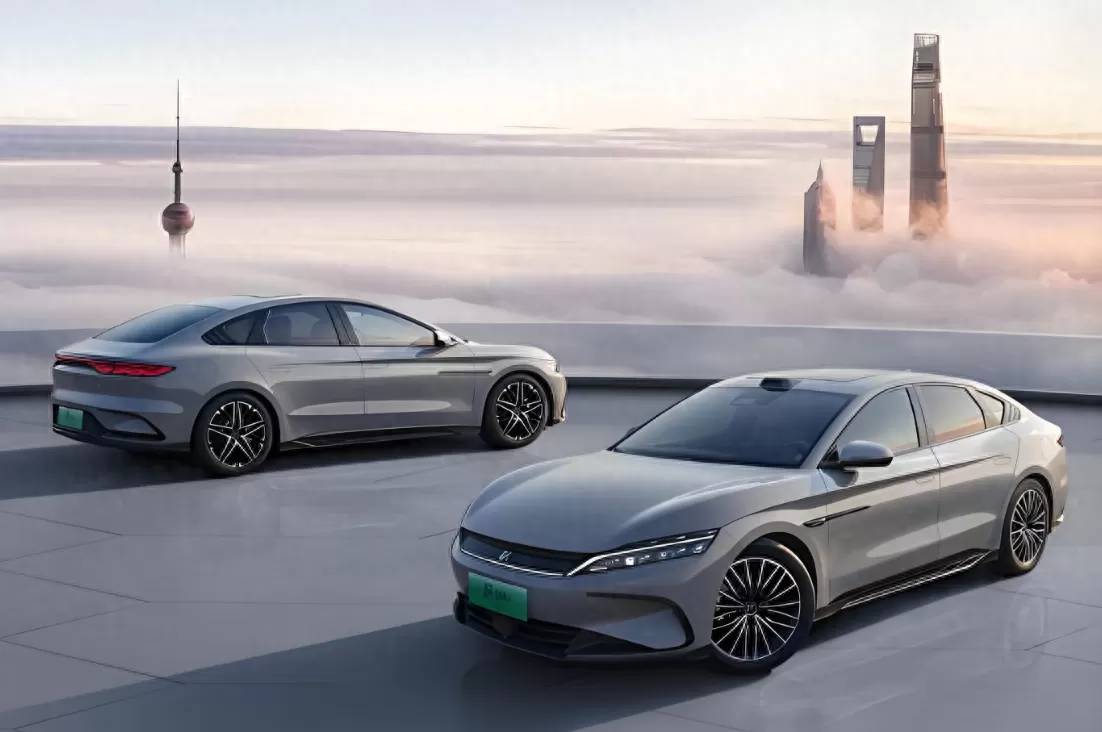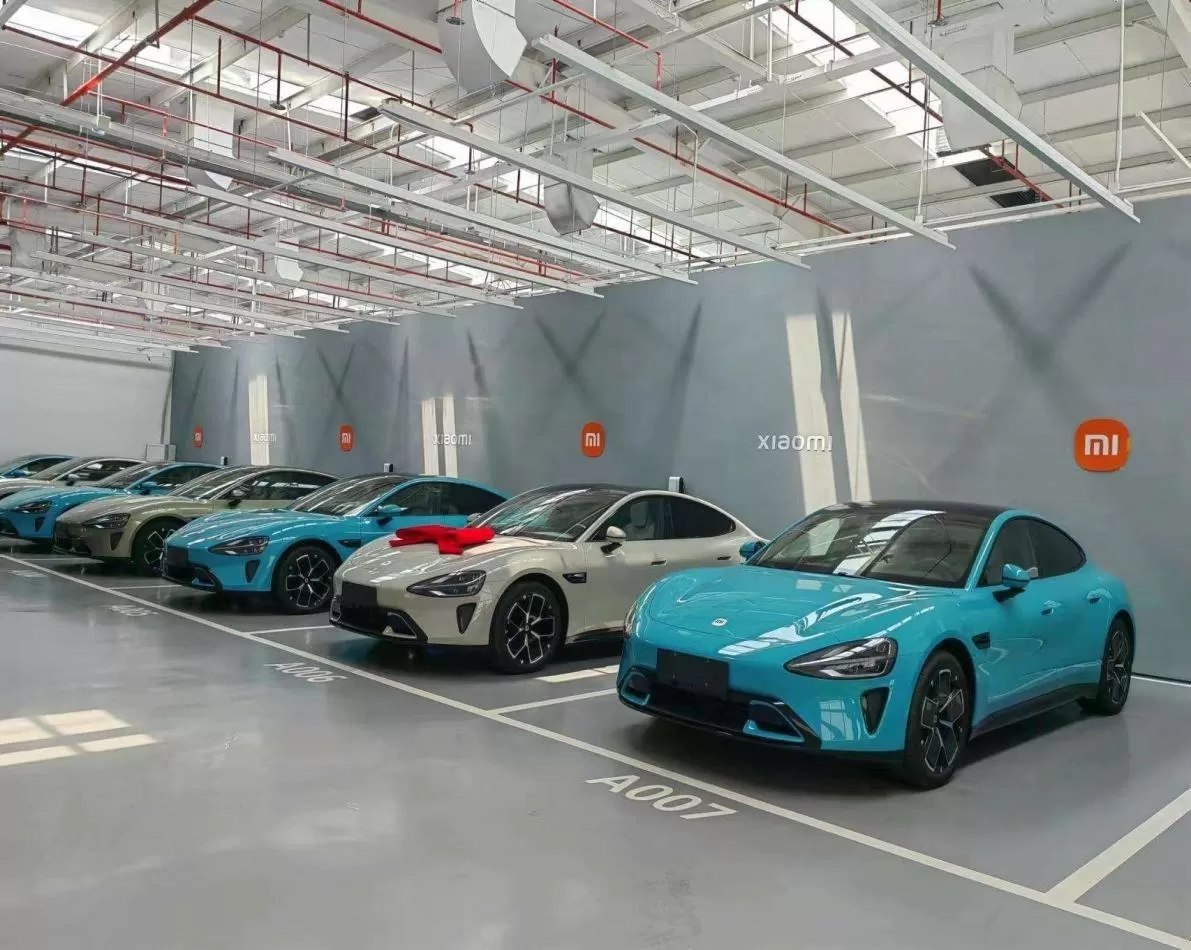As a leader in the new energy vehicle (NEV) industry, BYD has delivered several surprises to domestic consumers this year. In the special sales window of "Golden September and Silver October," they have introduced a major new model—the 2025 BYD Han. The new car is equipped with BYD’s independently developed fifth-generation DM hybrid technology and advanced intelligent driving assistance systems. What’s notable is the price range of ¥165.800 to ¥235.800. which is considerably lower compared to the previous model’s ¥169.800 to ¥259.800. making it a truly sincere offering. But how does it perform?
Since this is a facelift, the 2025 BYD Han largely retains the design of the previous model with some subtle but effective tweaks. The new car adopts a unified closed front design, with slight changes to the headlight shapes, giving them a slimmer and rounder look, making the overall design more refined and premium. Additionally, the new car offers an optional black sports kit, further emphasizing its sporty attributes. The new "Weiyang Gray" exterior color adds more personalized choices for consumers while enhancing the vehicle’s sporty appeal. Overall, the 2025 Han’s exterior design maintains the family-style characteristics but aligns more closely with the aesthetic preferences of today’s younger consumers.

Inside the car, the 2025 BYD Han continues the luxurious and comfortable style of the current model but with upgrades in details and smart technology. The central control area features a 15.6-inch adaptive rotating touchscreen paired with a 12.3-inch full LCD instrument panel, creating a strong sense of technological sophistication. The addition of the high-level DiLink 100 in-car system makes entertainment, navigation, and other functions more convenient and efficient. Furthermore, the new model is equipped with a Dynaudio sound system, 10-point SPA-grade massage seats, and other luxury features, ensuring a premium intelligent experience.
In terms of space, the 2025 BYD Han performs commendably. The new car’s dimensions—4995mm in length, 1910mm in width, and 1495mm in height, with a 2920mm wheelbase—place it in the mid-to-large sedan category. With a flat floor in the second row, passengers in both the front and rear seats can enjoy ample leg and headroom. Additionally, the new car is equipped with a panoramic sunroof with an electric sunshade and rear privacy glass, further enhancing the privacy and comfort inside the cabin.
While the exterior and interior design changes may seem modest, the real upgrades are under the hood. For example, in terms of intelligent driving, the new car comes with the DiPilot 300 advanced intelligent driving assistance system and, for the first time in some models, is equipped with LiDAR and the Orin X smart driving chip. These features support functions like city pilot, highway pilot, and valet parking, providing drivers with an L2+ level of driving assistance experience, though further testing is required to assess its practicality.
Regarding performance, as the flagship sedan of BYD’s Dynasty series, the 2025 Han naturally features the latest fifth-generation DM hybrid technology developed in-house. This technology not only increases the engine's thermal efficiency to 46.06%, but also achieves an impressively low fuel consumption of 3.8L per 100km when the battery is depleted. The car’s combined range reaches up to 1350 km, making it suitable for both city commuting and long-distance travel. Moreover, the new model offers both plug-in hybrid and fully electric options, catering to different driving needs. However, one drawback is that the two-wheel-drive version of the 2025 Han is front-wheel drive, which, although classic and mature, lacks some driving excitement. Of course, the all-wheel-drive version makes up for this shortcoming.
For consumers, the 2025 BYD Han is undoubtedly a model worth attention. Whether in terms of exterior design, interior features, spatial performance, smart driving capabilities, or power performance, the new car showcases exceptional value for money and competitiveness. As the NEV market continues to expand and consumer acceptance of electric vehicles grows, the 2025 Han is poised to carve out a niche in the mid-to-high-end sedan market, especially in competition with joint venture B-class sedans like the Honda Accord, Toyota Camry, and Volkswagen Passat. With its lower fuel consumption, longer range, and more advanced intelligent driving technology, the new Han is likely to win over more consumers.






